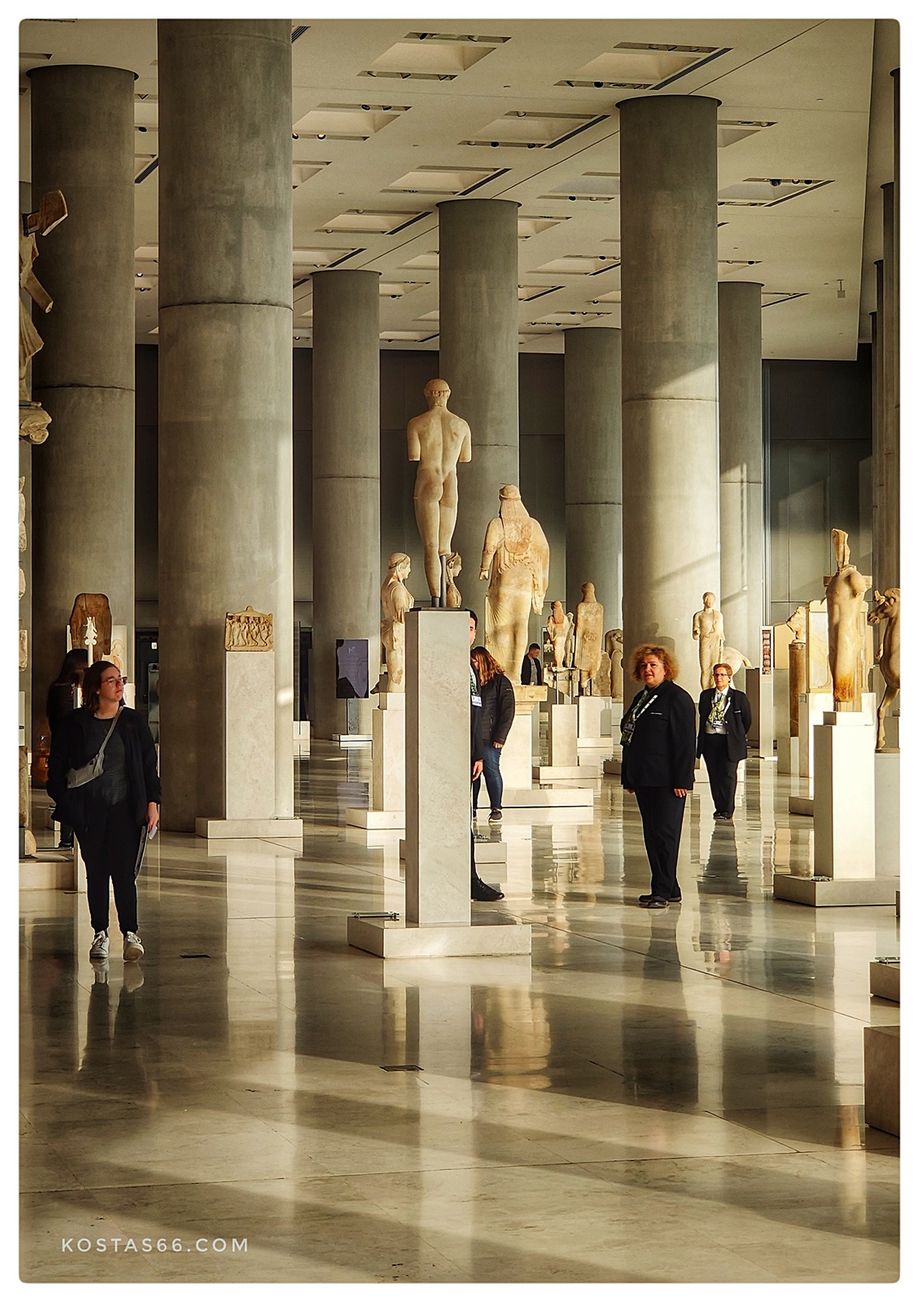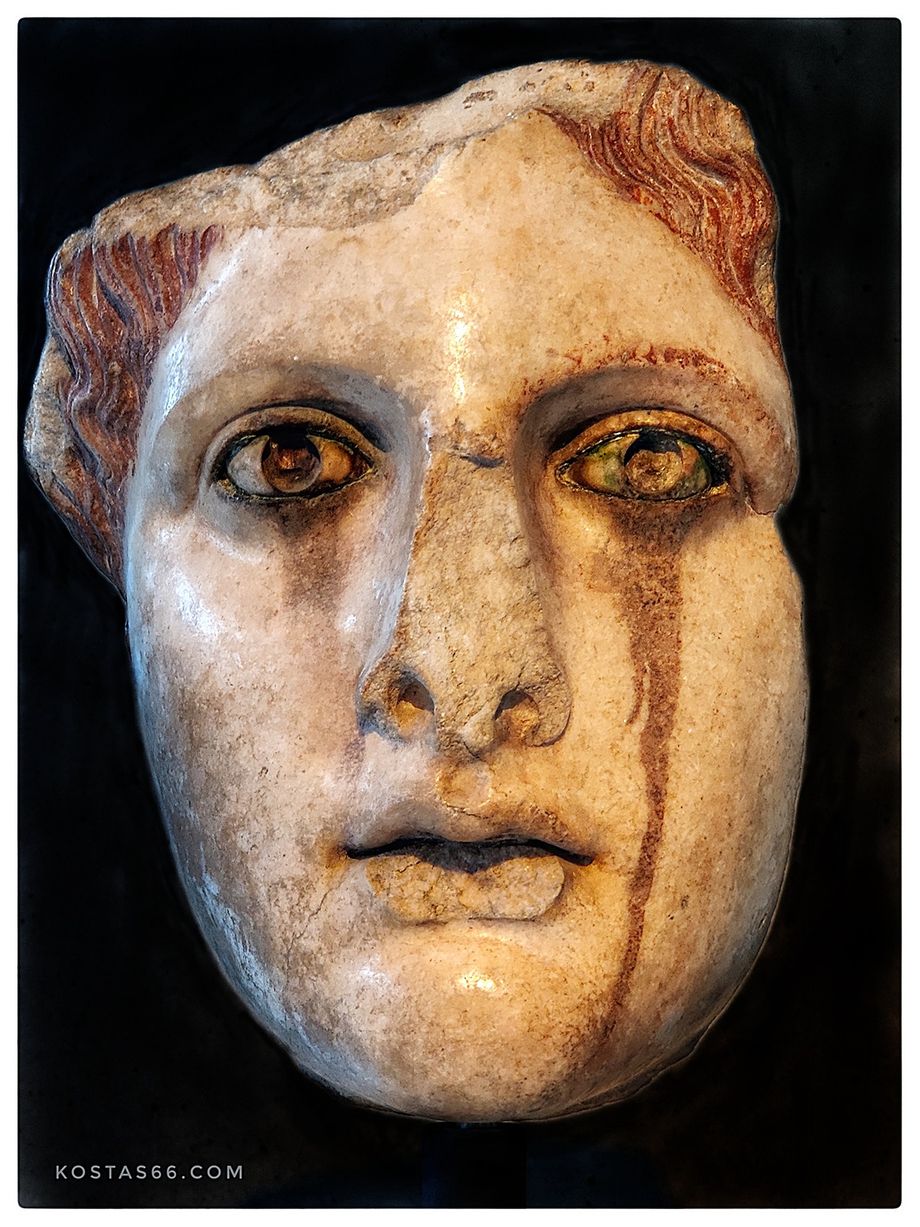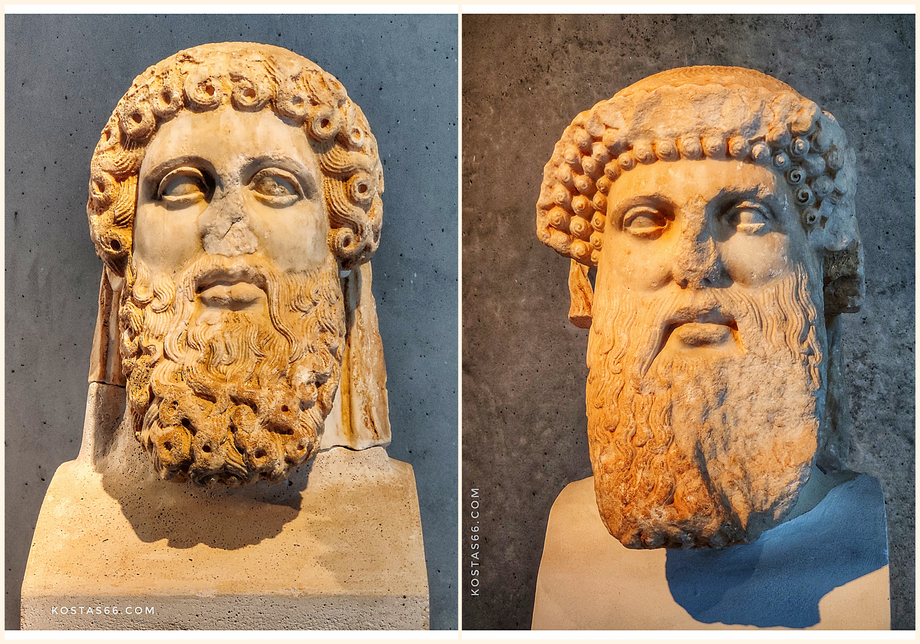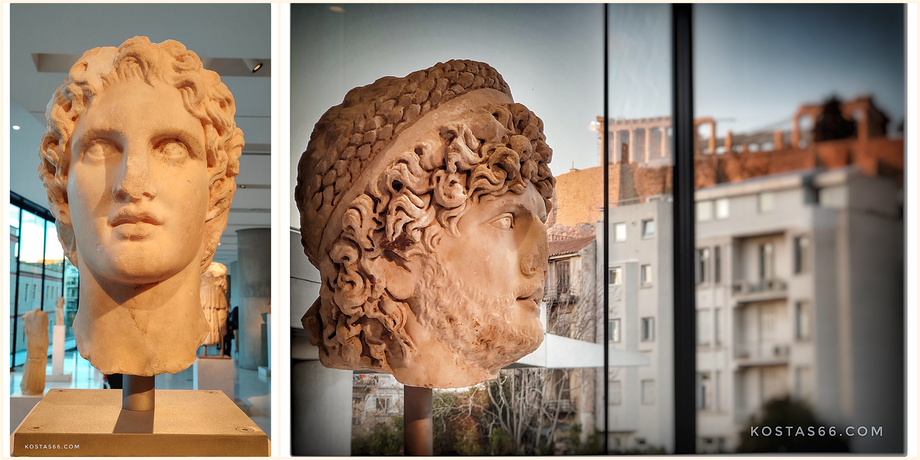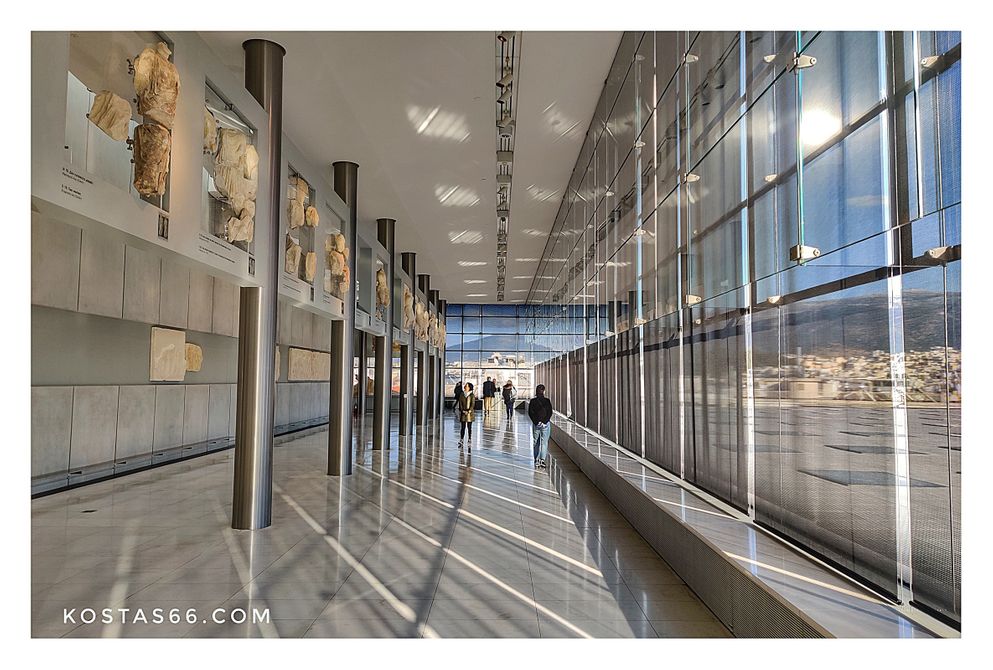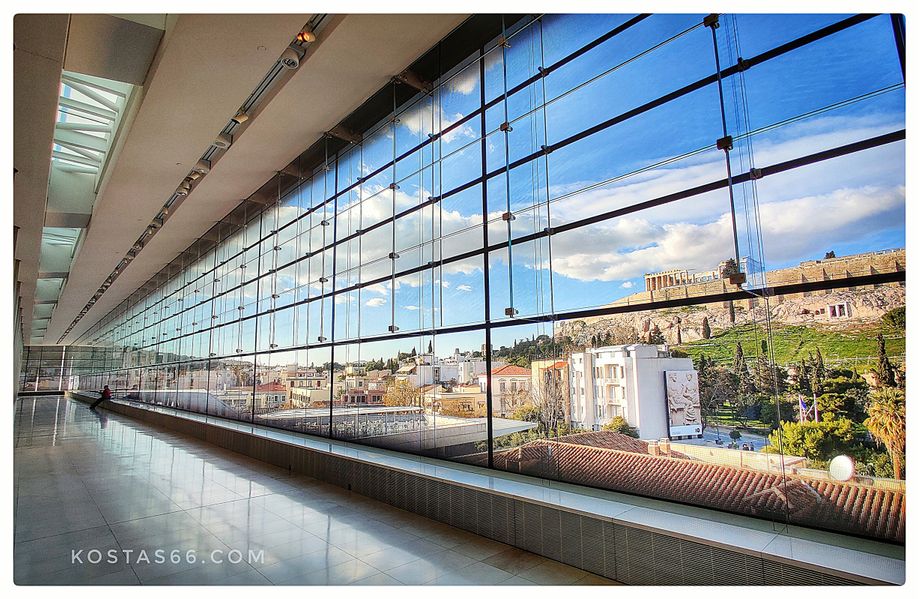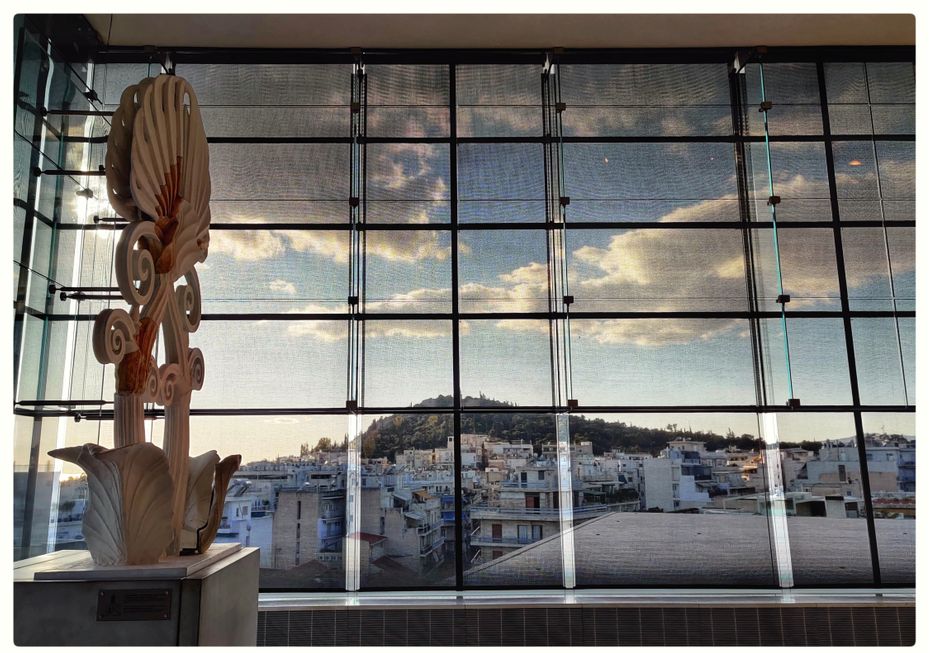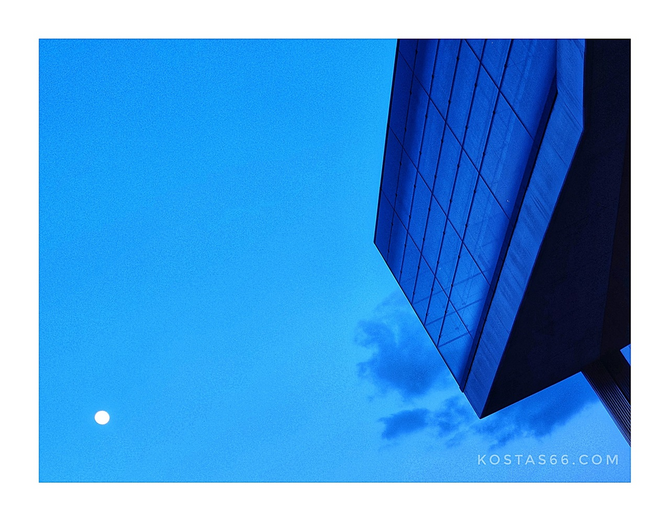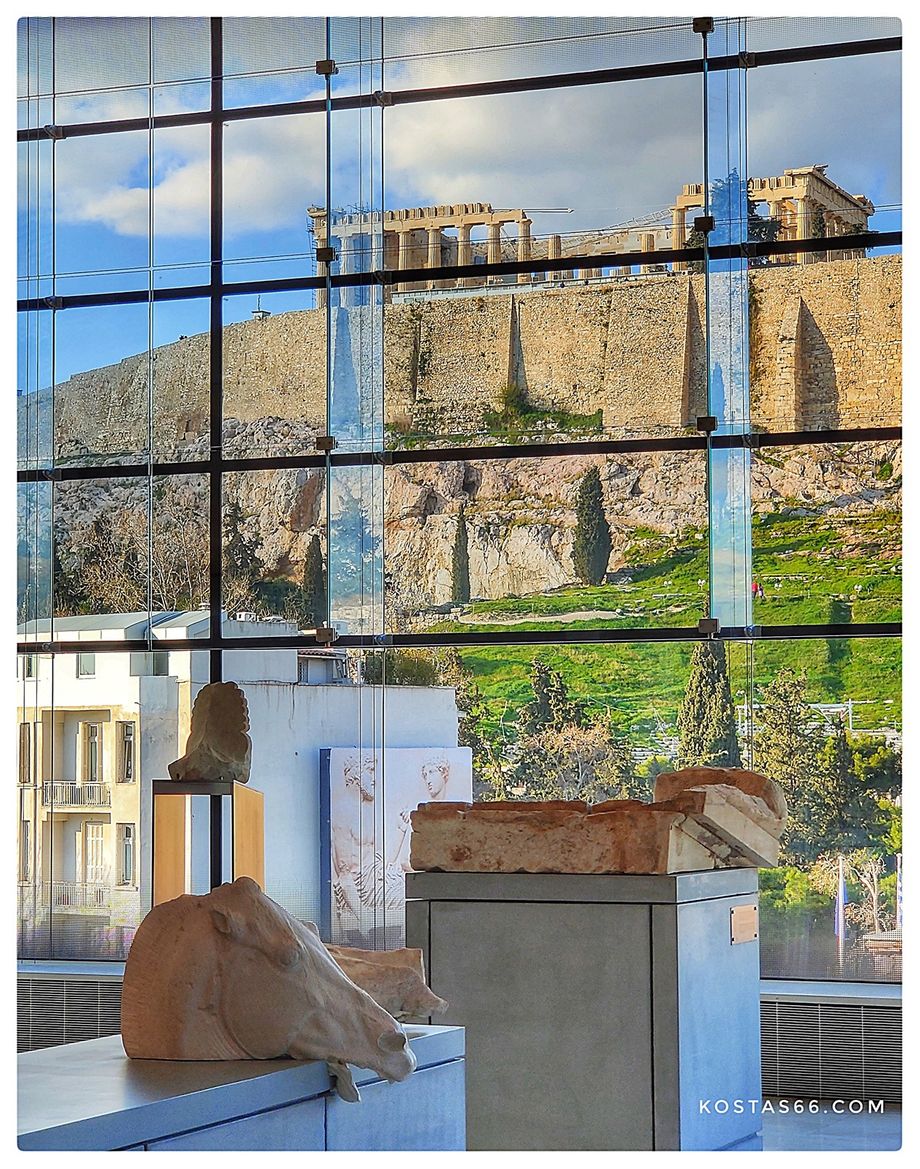the ACROPOLIS MUSEUM in Athens
(in pictures)
The Acropolis Museum (Μουσείο Ακρόπολης) is one of the two big archaeological museums in Athens, and it focused on the findings of the archaeological site of the Acropolis of Athens. The museum was built to house every artifact found on the rock and the surrounding slopes, from the Greek Bronze Age to Roman and Byzantine Greece. It also lies over the ruins of a part of Roman and early Byzantine Athens.
The present museum building (designed by New York-based architect Bernard Tschumi) is built not far from the Acropolis hill's southeastern slopes, opposite the Theater of Dionysus. It opened its doors in 2009 and replaced the old one located on the hill itself since 1874.
The roof shelter of the museum building.
This famous museum contains masterpieces of ancient Greek art and has been photographed by many famous photographers and artists. It has been visited by millions of tourists who also have uploaded beautiful pictures on social media. So, where does this page of mine stands? I believe my aspect of view has a personal twist, which you may find interesting. This collection of photos by no means is a complete catalog of the museum exhibits or an architectural presentation of the building; on the contrary, it covers only a small amount of the exhibits and focuses on a few architectural details of the building itself.
A. the building
The archaeological site below the main entrance to the museum.
The western side of the building.
The main building of the old "Camp Makrygianni" gendarmerie barracks, the neoclassical "Weiler Building", which houses the Museum of the Center for the Acropolis Studies, is located i front of the museum building.
The "Weiler Building" is reflected on the facade of the museum building.
View of the Acropolis from the museum cafe.
Me inside the upper floor of the museum.
View of the cafe balcony.
The balcony of the cafe.
B. Inside the museum-The exhibits
The Parthenon room (all glass room of the size of the Temple). Sculpture of the West pediment.
The roof of the central room of the museum, is also the floor of the upper floor.
Ceramic exhibits located in the big first floor room.
At the first level of the museum the long rectangular hall, the sloping floor and the staircase at the end refer to the rock climb.
Mask of Dionysus. This mask was probably placed up high, on a column adorned with the god's clothes around which various religious rites were held.
The Caryatids of Erechtheum room.
The Caryatids.
The Caryatids.
Sculpture (Triton) from the west pediment of the Hekatompedon.
Detail of the West pediment of the Hekatompedon. The Three-bodied Daemon.
Gorgon from the roof akroterion of the Hekatompedon temple (circa 570 B.C).
(Left) Moschophoros, commonly known as The Calf Bearer. It was excavated in fragments in the Perserschutt in the Acropolis of Athens in 1864. The statue, dated c. 560 BC and estimated to have originally measured 1.65 meters in height. (Right) Clay goddess Nike, possibly decorative element from the roof of a building (acroterion) (1st-3rd c. AD).
The hall of the archaic sculptures.
The Peplos Kore is a statue of a girl and one of the most well-known examples of Archaic Greek art. The 118 cm-high (46 in) high white marble statue was made around 530 BC and originally was colourfully painted.[1] The statue was found, in three pieces, in an 1886 excavation north-west of the Erechtheion on the Athenian Acropolis.
The hall of the archaic sculptures.
Head of female statue. A marble copy of a gold-and ivory statue of the classical period (5th-4th cent BC). It represents a goddess, perhaps Aphrodite. The color that has leaked below her eyes is a product of the oxidation of the statue's bronze eyelashes.
Hermes heads from hermaic steles (2nd cent. AD).
At the top of the museum is the Parthenon Hall, where all the sculptures of the monument are preserved in Athens. Transparent glass panels allow direct visual contact with the architectural monument from which they originate while simulating the original lighting conditions of the sculptures. Panoramic views of much of Athens are possible from this room. (Part of the West pediment of Parthenon).
The metopes of the temple were suspended at a height of 2.65m. between stainless steel columns supporting the roof of the room. The metopes depict the mythical battles of gods and humans: battles with the Centaurs, the Giants, the Amazons, and the Trojan War.
Roof ornamentation (finial - anthemion) of the Parthenon and the view of Filoppapos Hill.
At the top of the museum is the Parthenon Hall, where all the sculptures of the monument are preserved in Athens. Transparent glass panels allow direct visual contact with the architectural monument from which they originate while simulating the original lighting conditions of the sculptures. Panoramic views of much of Athens are possible from this room.


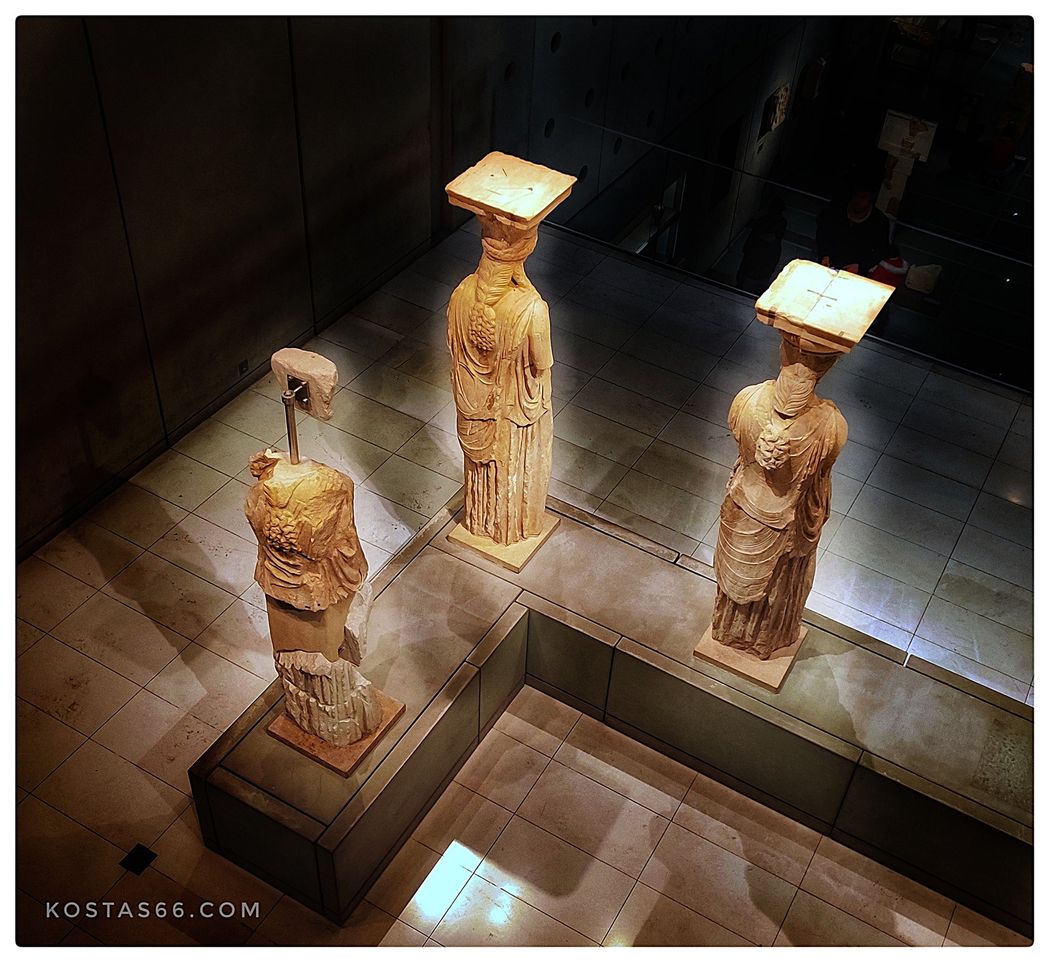
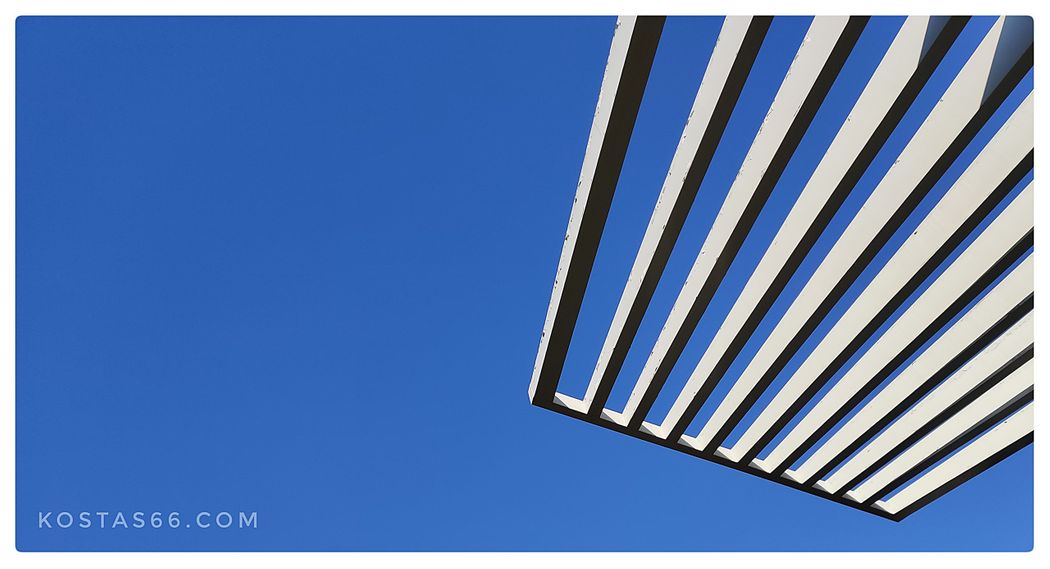
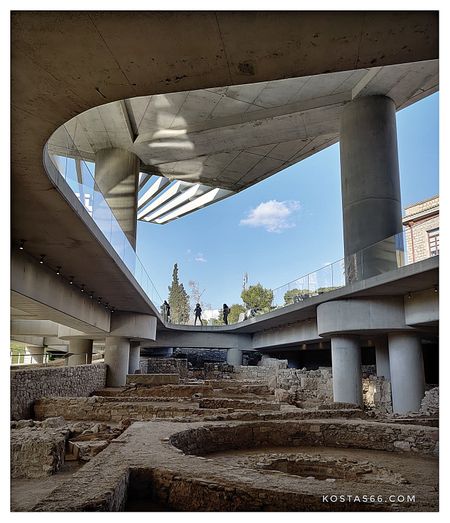
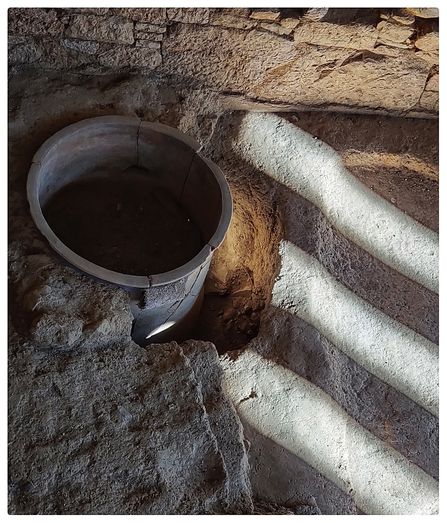
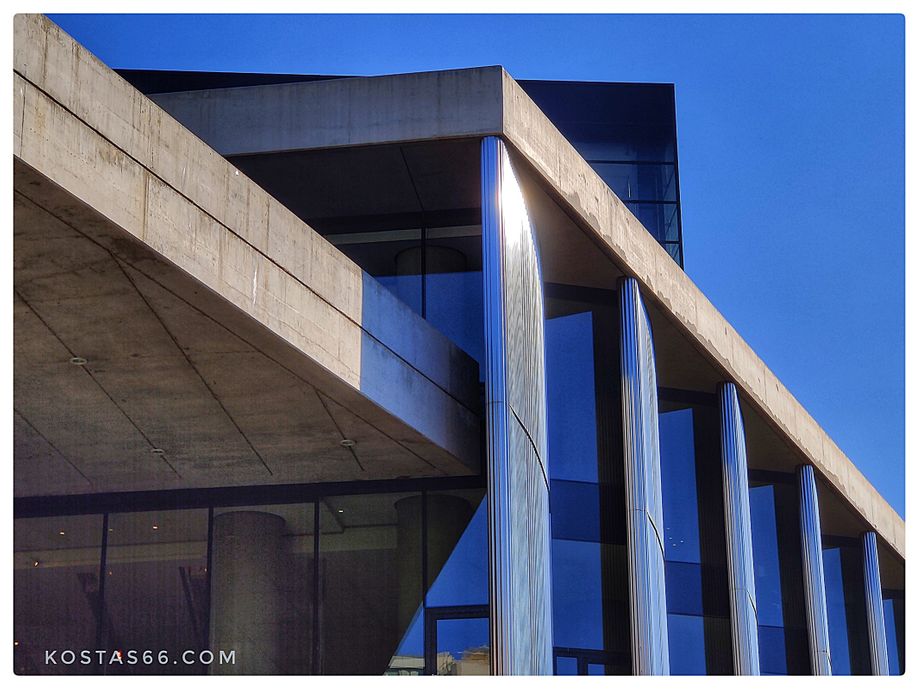
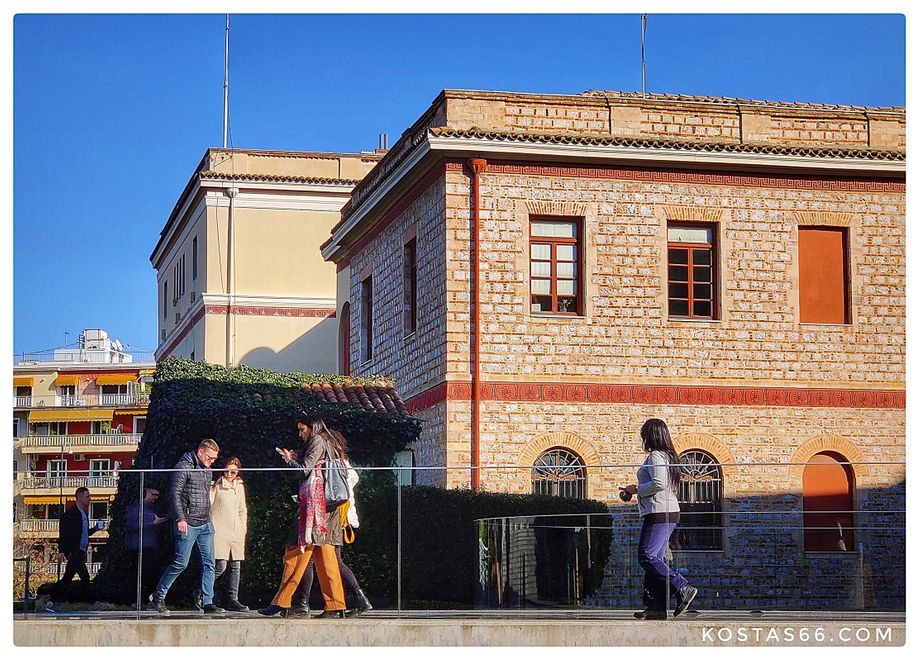
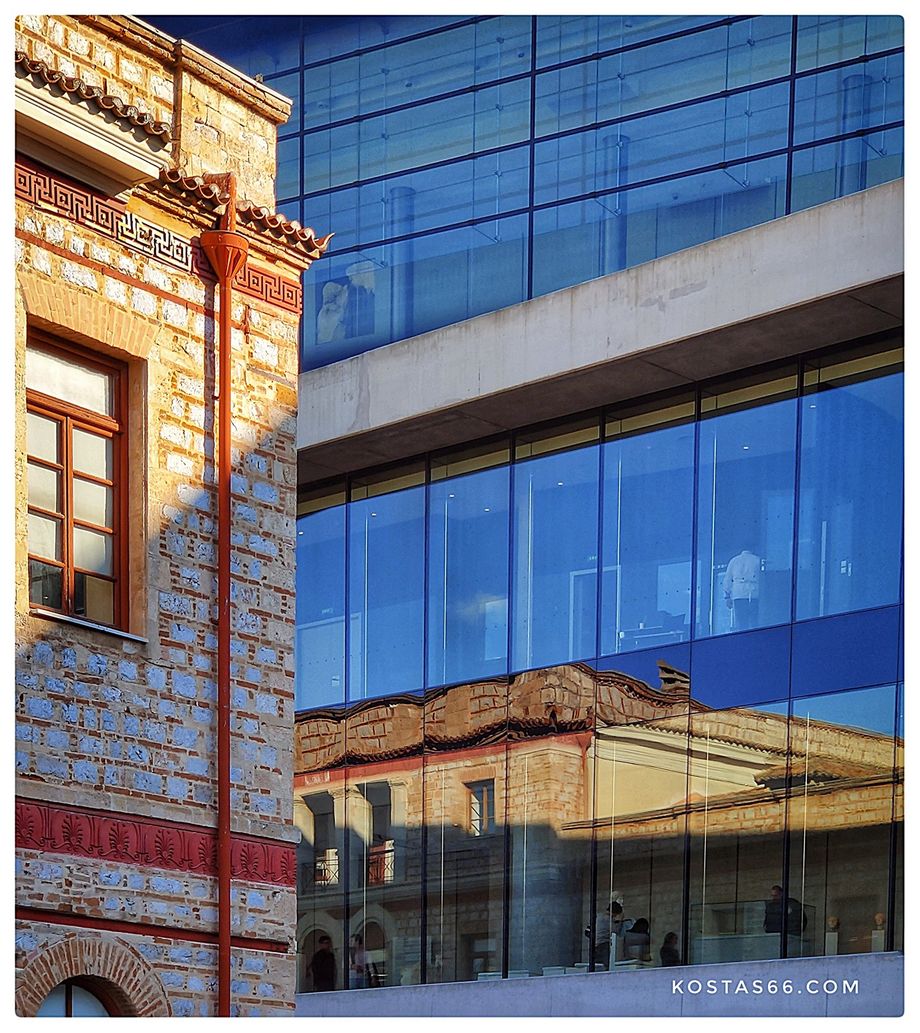
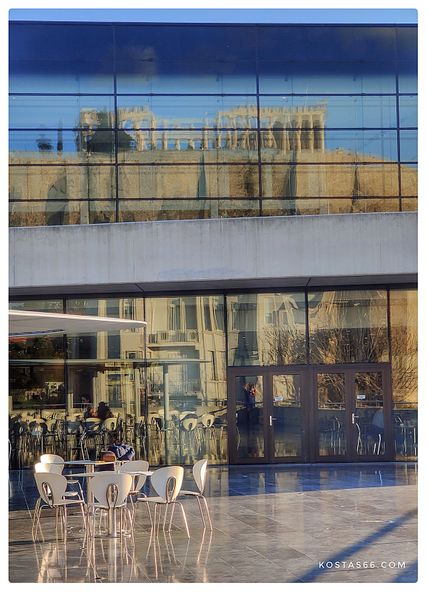
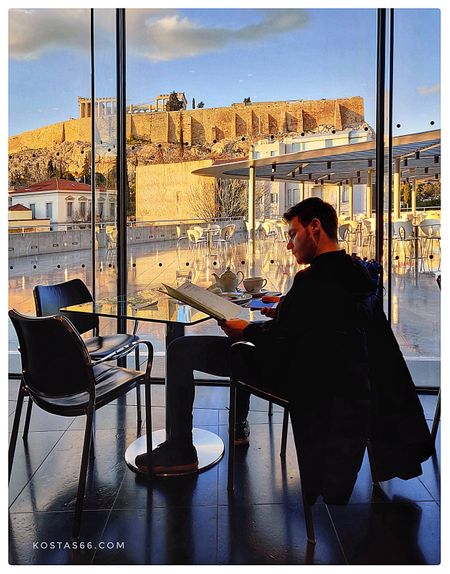
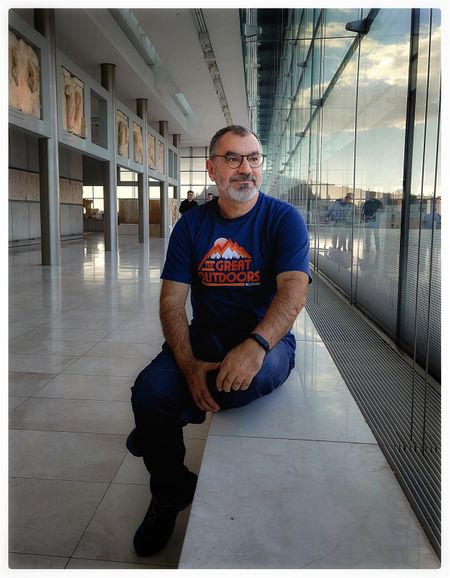
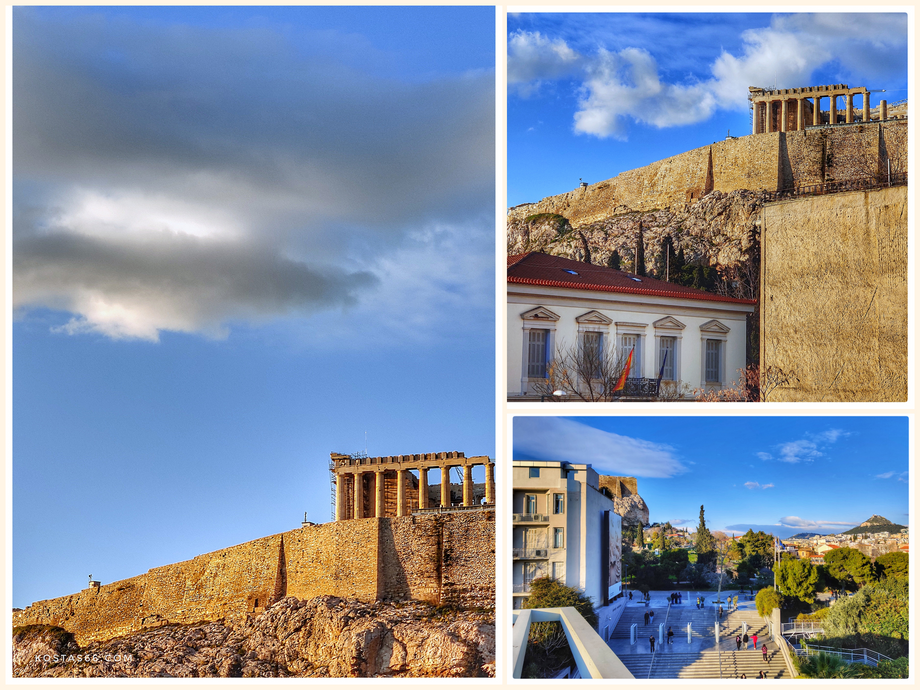
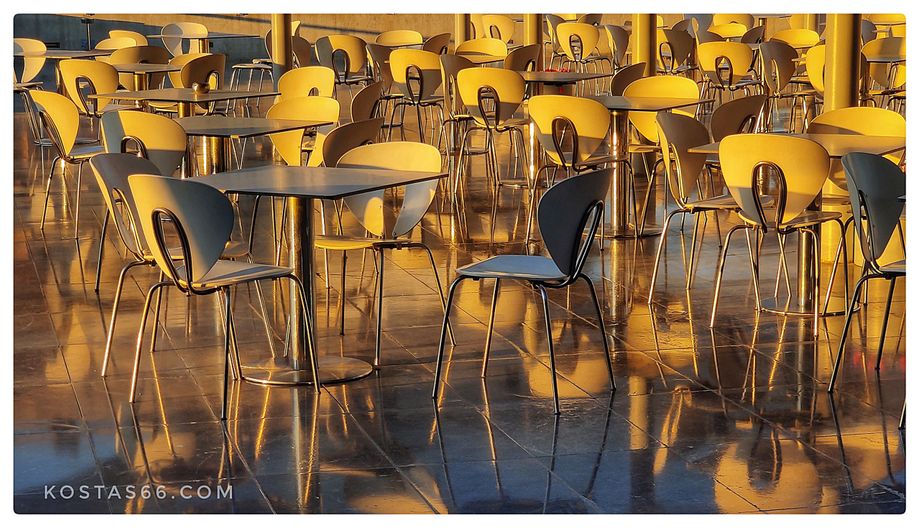
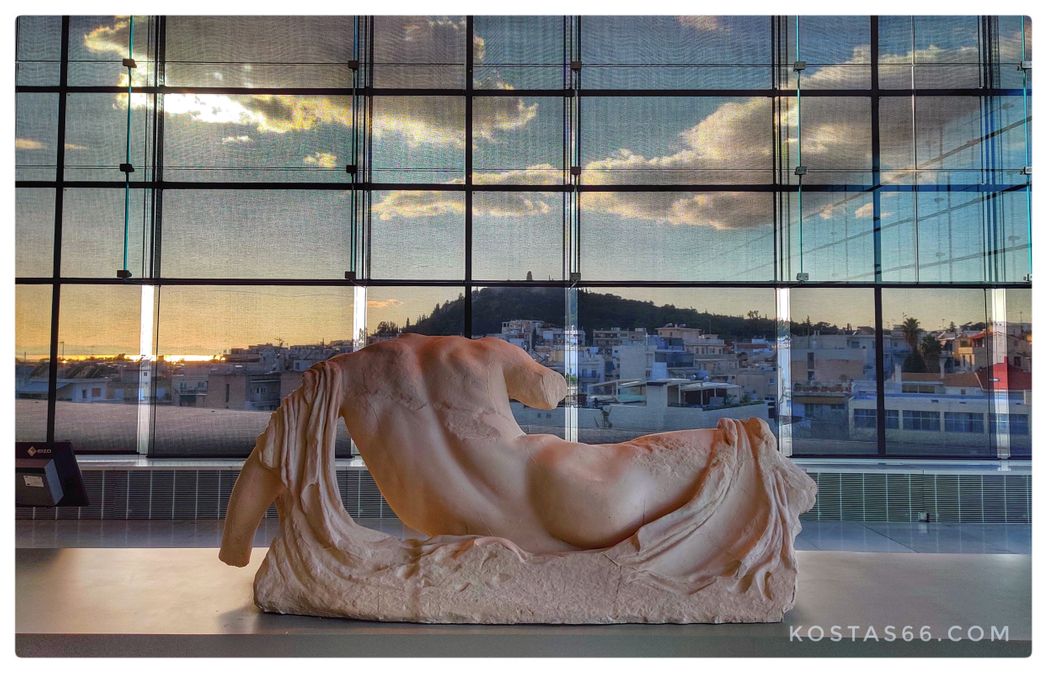
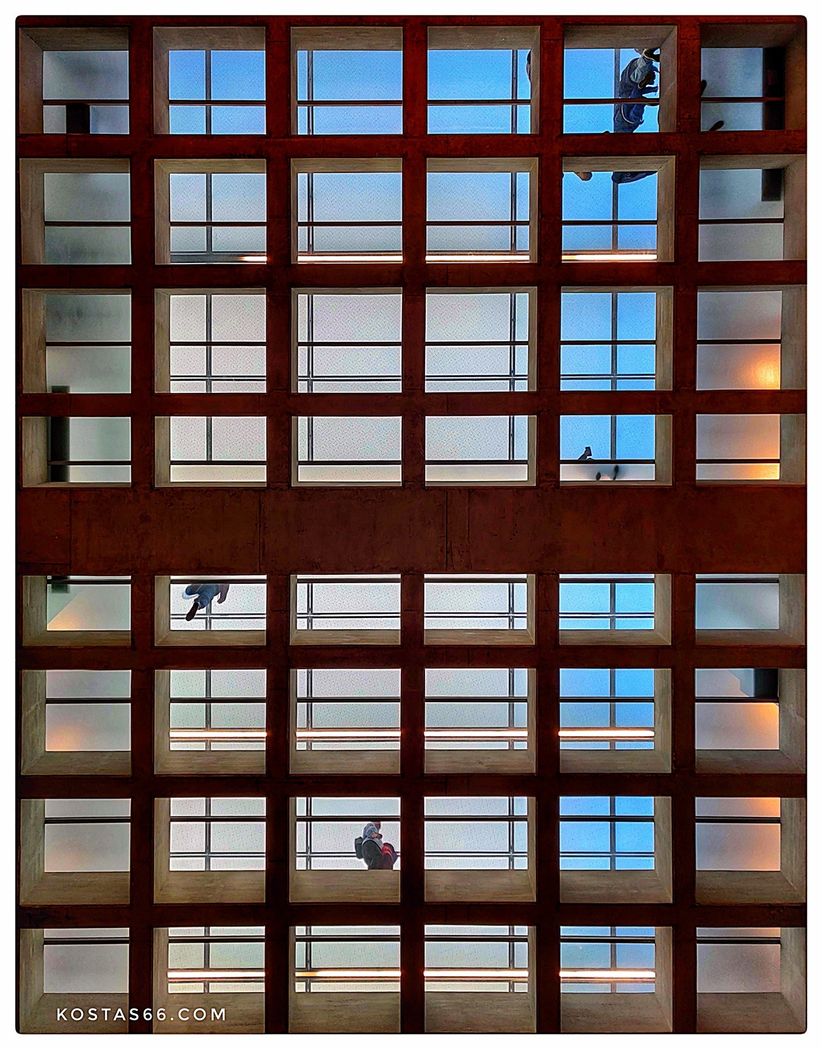
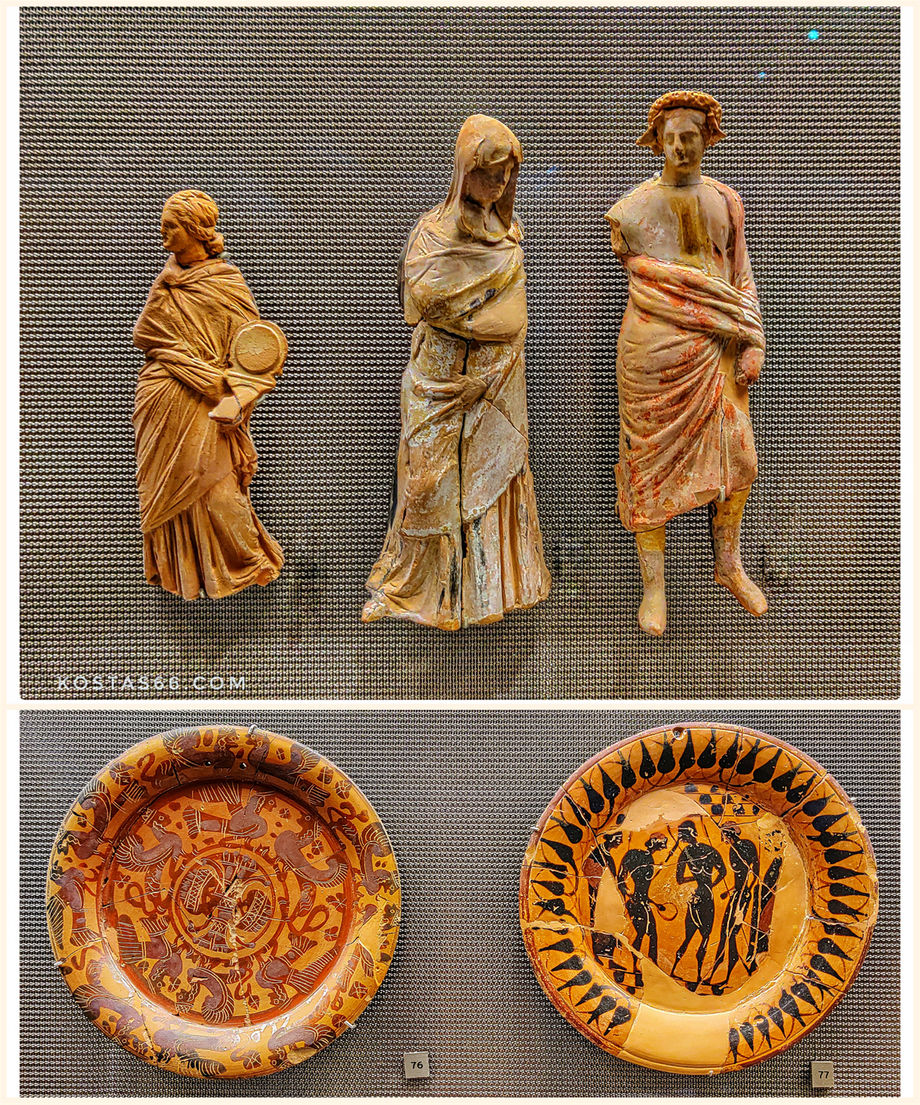
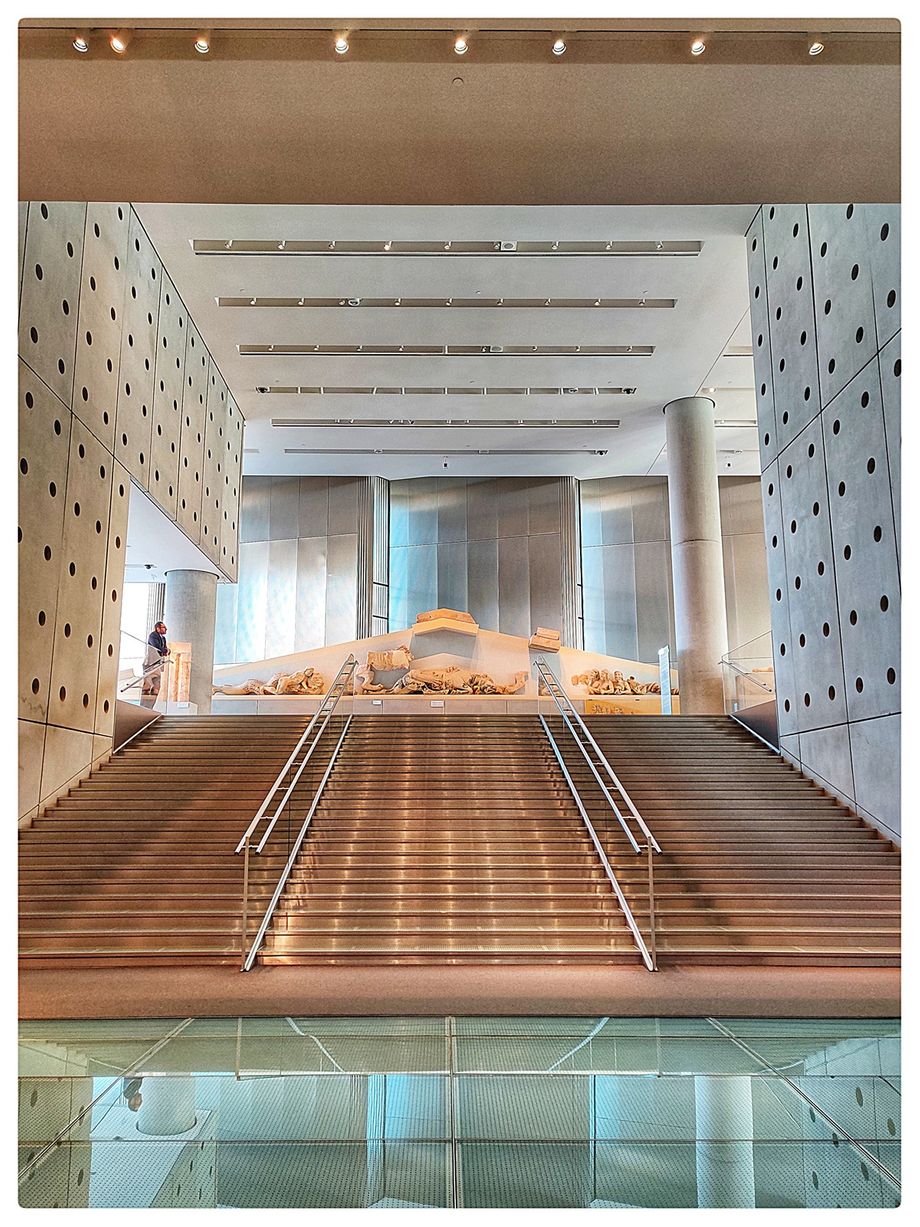
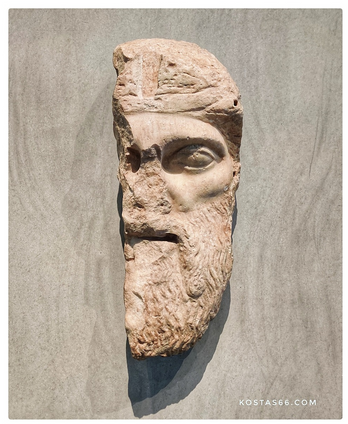
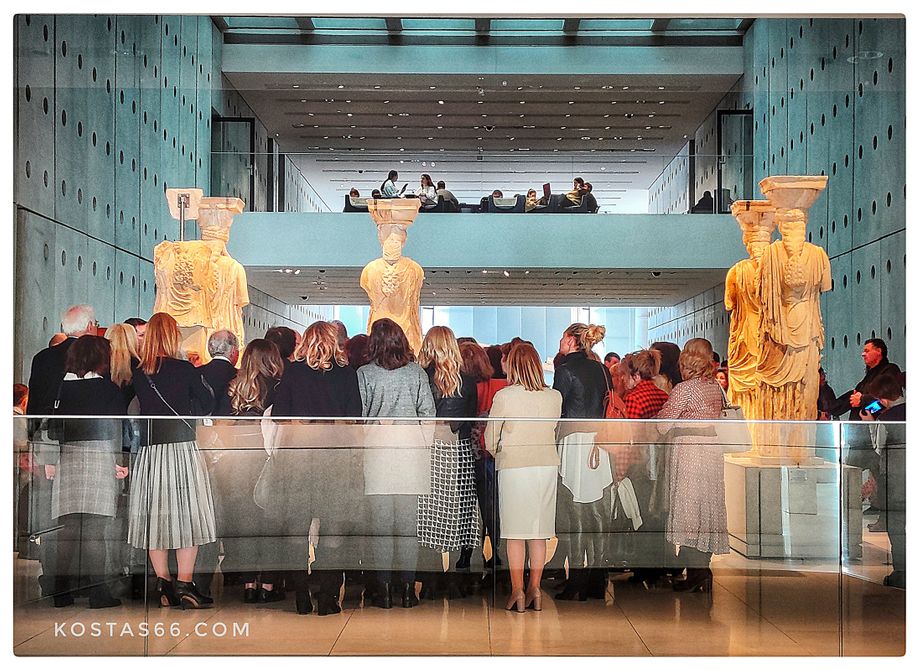
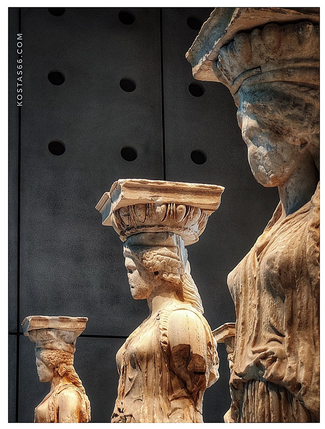
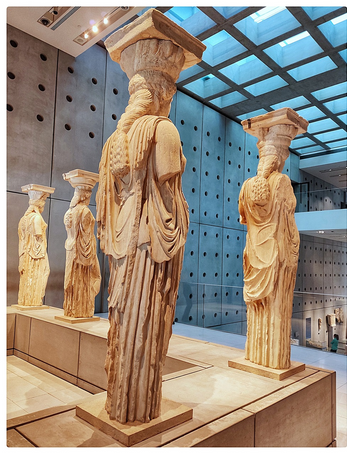
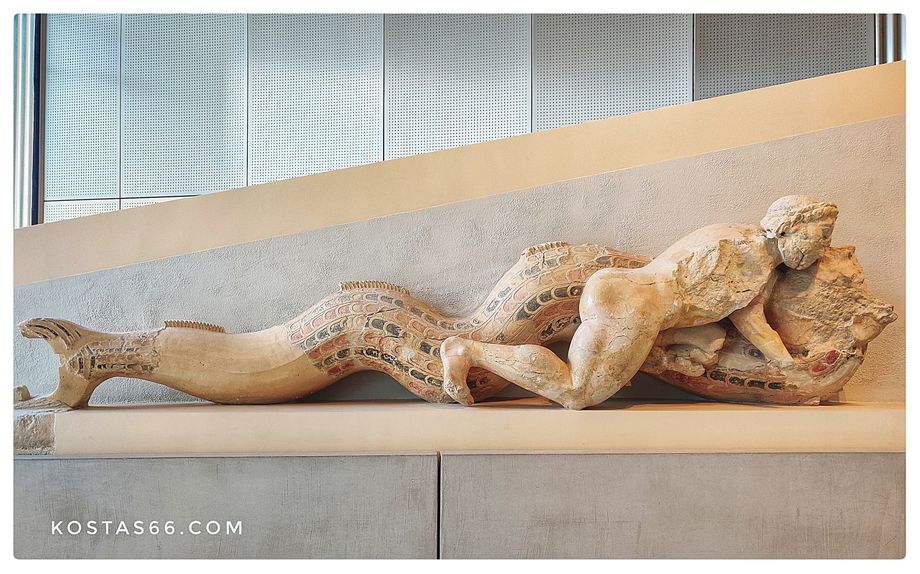
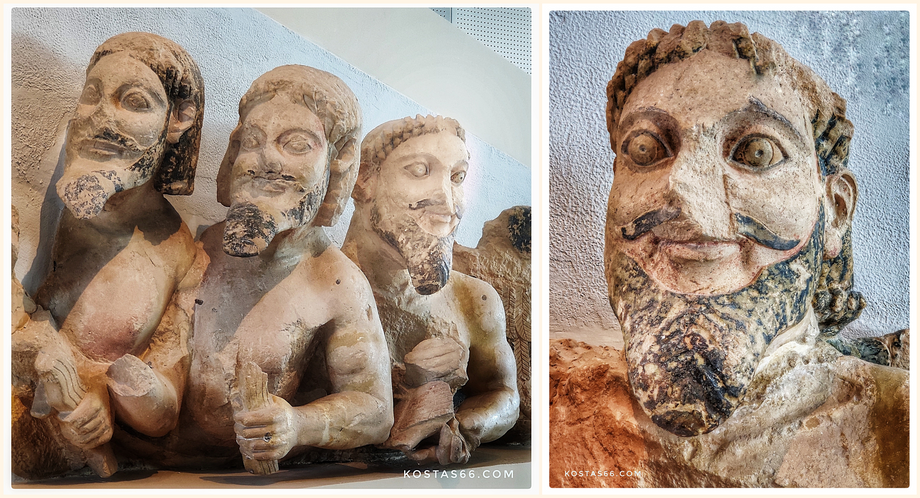
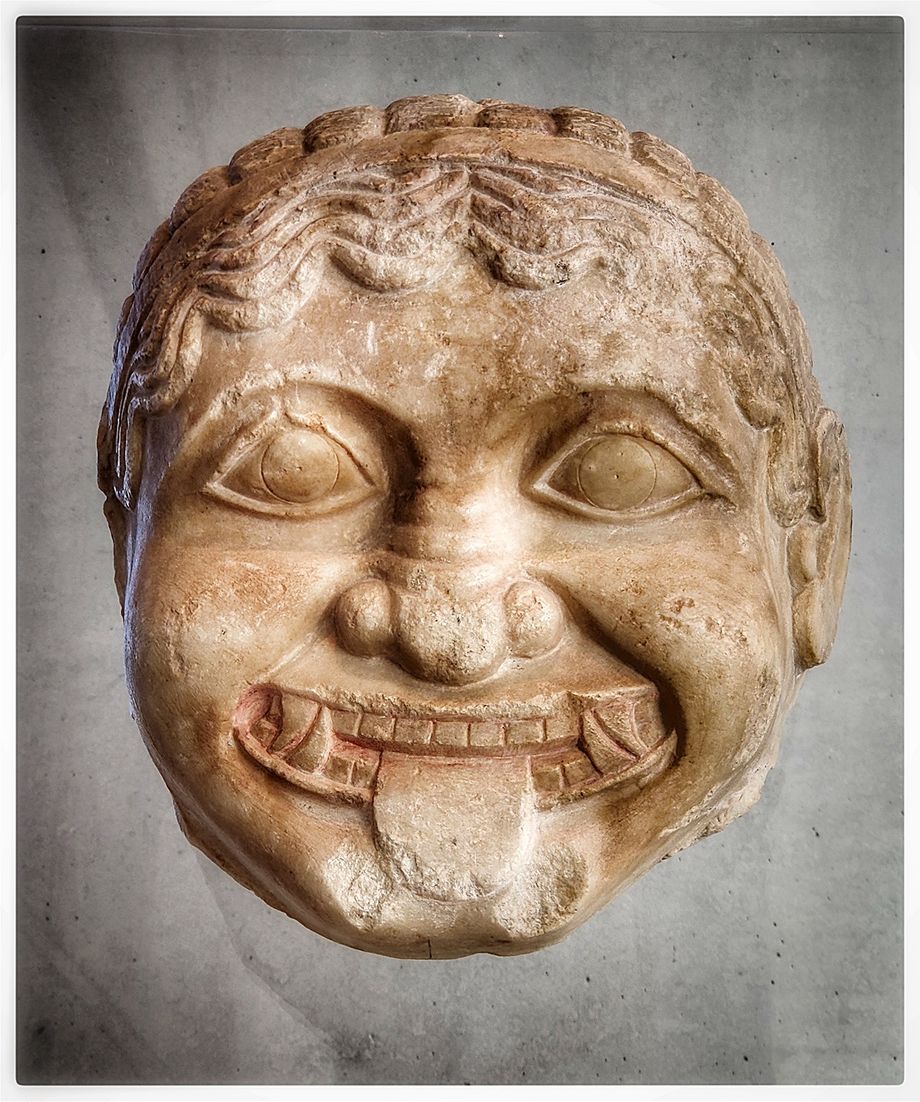
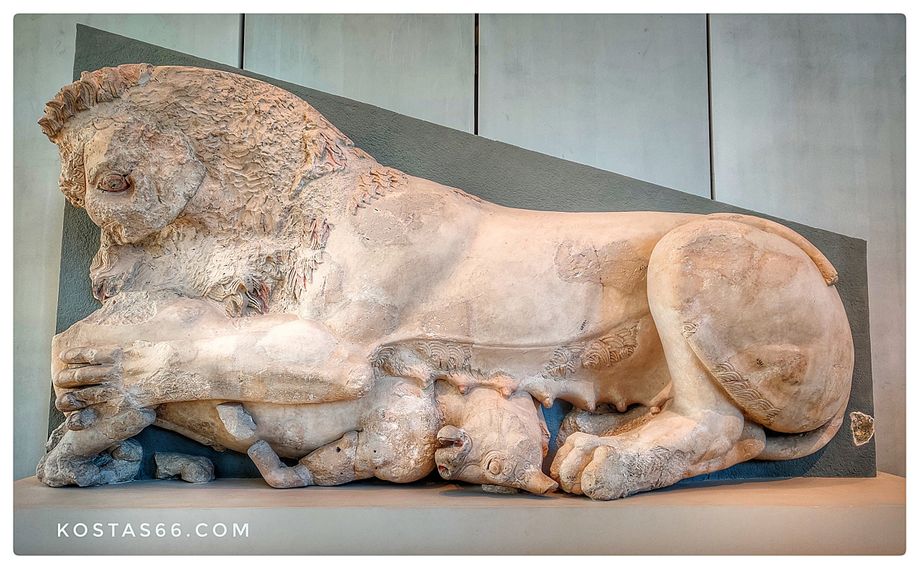
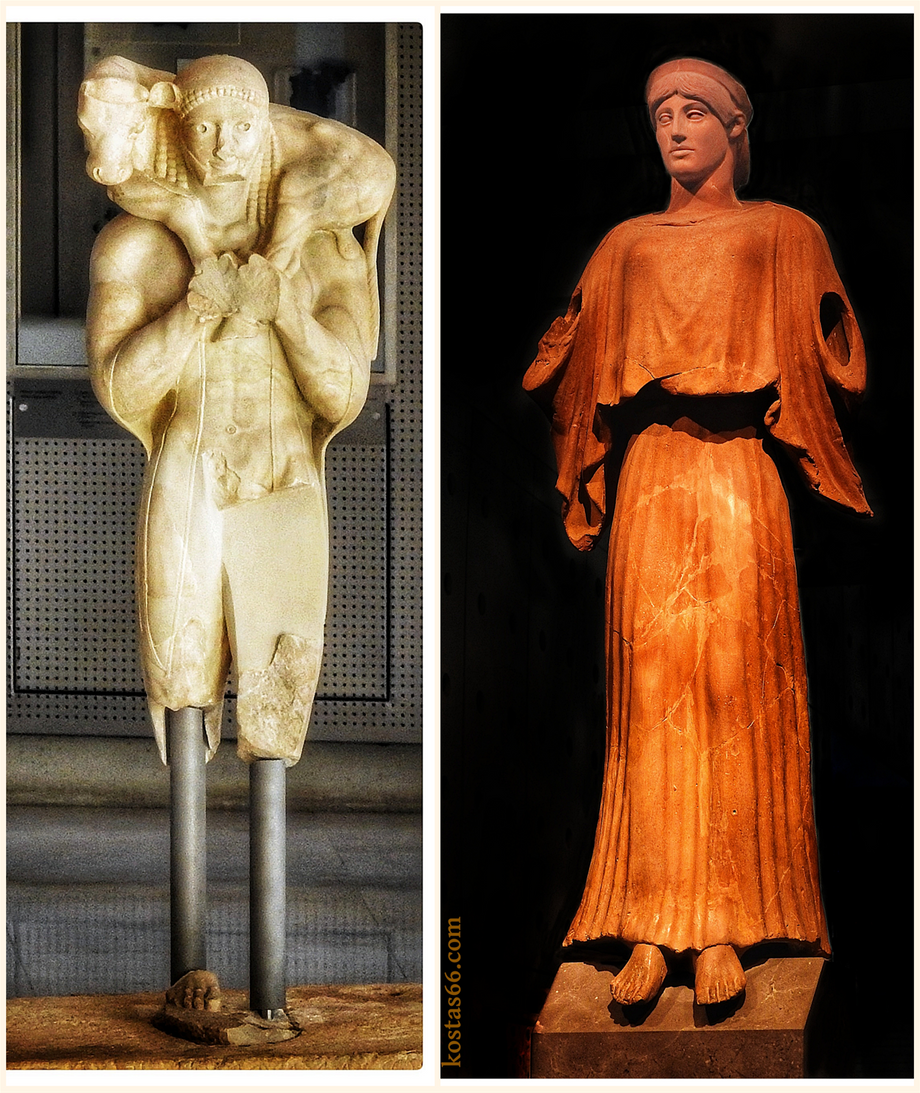
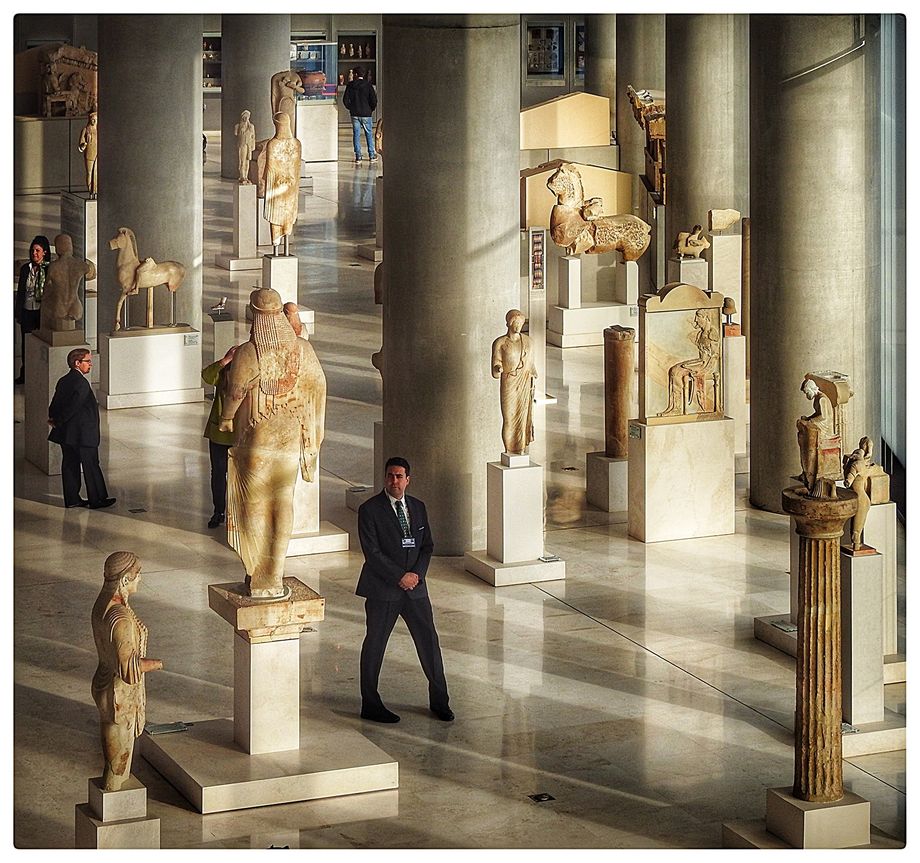
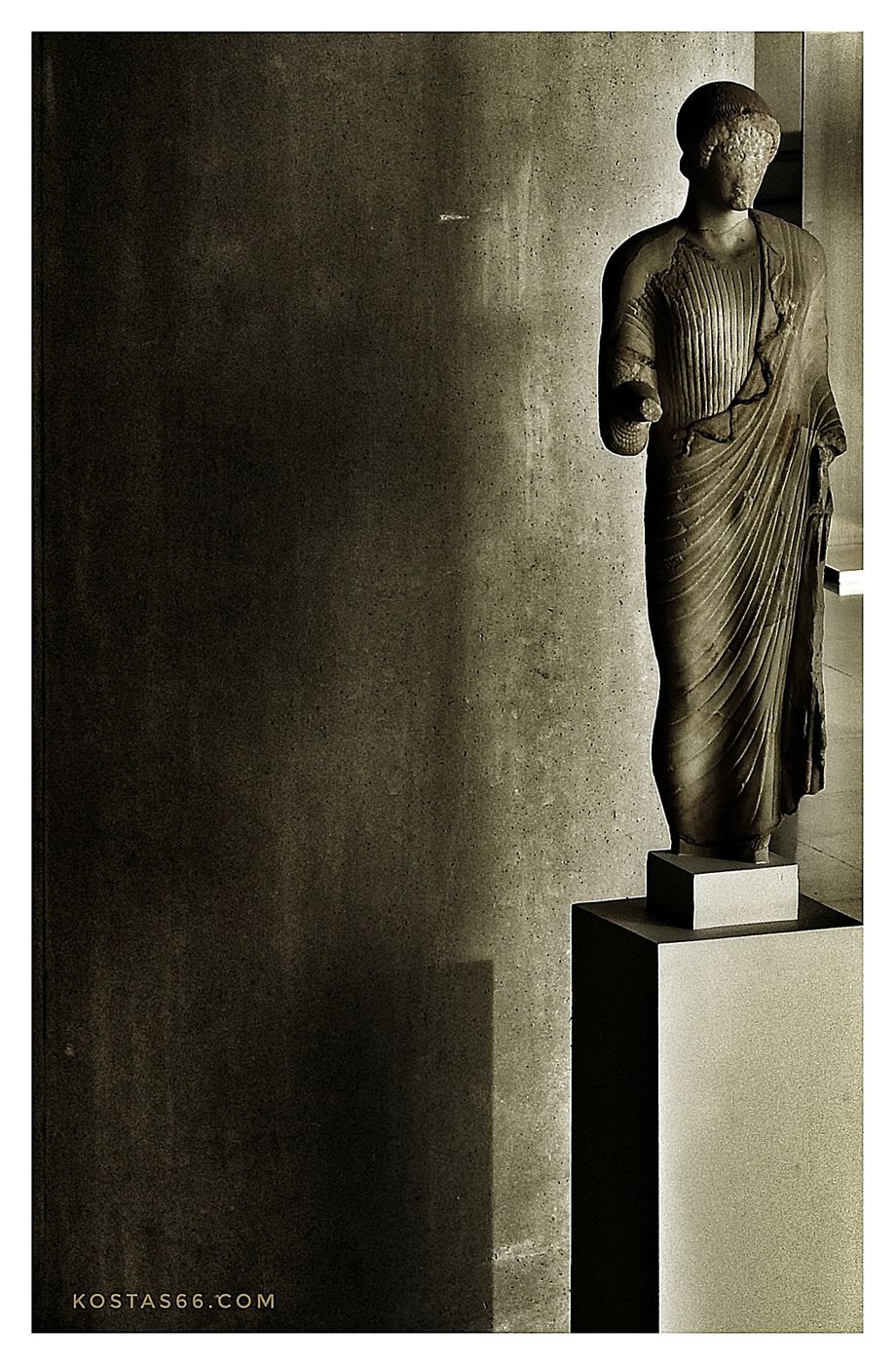
![The Peplos Kore is a statue of a girl and one of the most well-known examples of Archaic Greek art. The 118 cm-high (46 in) high white marble statue was made around 530 BC and originally was colourfully painted.[1] The statue was found, in three pieces, in an 1886 excavation north-west of the Erechtheion on the Athenian Acropolis. The Peplos Kore is a statue of a girl and one of the most well-known examples of Archaic Greek art. The 118 cm-high (46 in) high white marble statue was made around 530 BC and originally was colourfully painted.[1] The statue was found, in three pieces, in an 1886 excavation north-west of the Erechtheion on the Athenian Acropolis.](/____impro/1/onewebmedia/i286541539343477896.jpg?etag=%229bb93-640260f4%22&sourceContentType=&ignoreAspectRatio&resize=920%2B1227&extract=0%2B0%2B920%2B1227)
